Sony A7C II vs Sony A6700
Struggling to choose between the Sony A7C II vs A6700? We explain all the key differences and what they mean
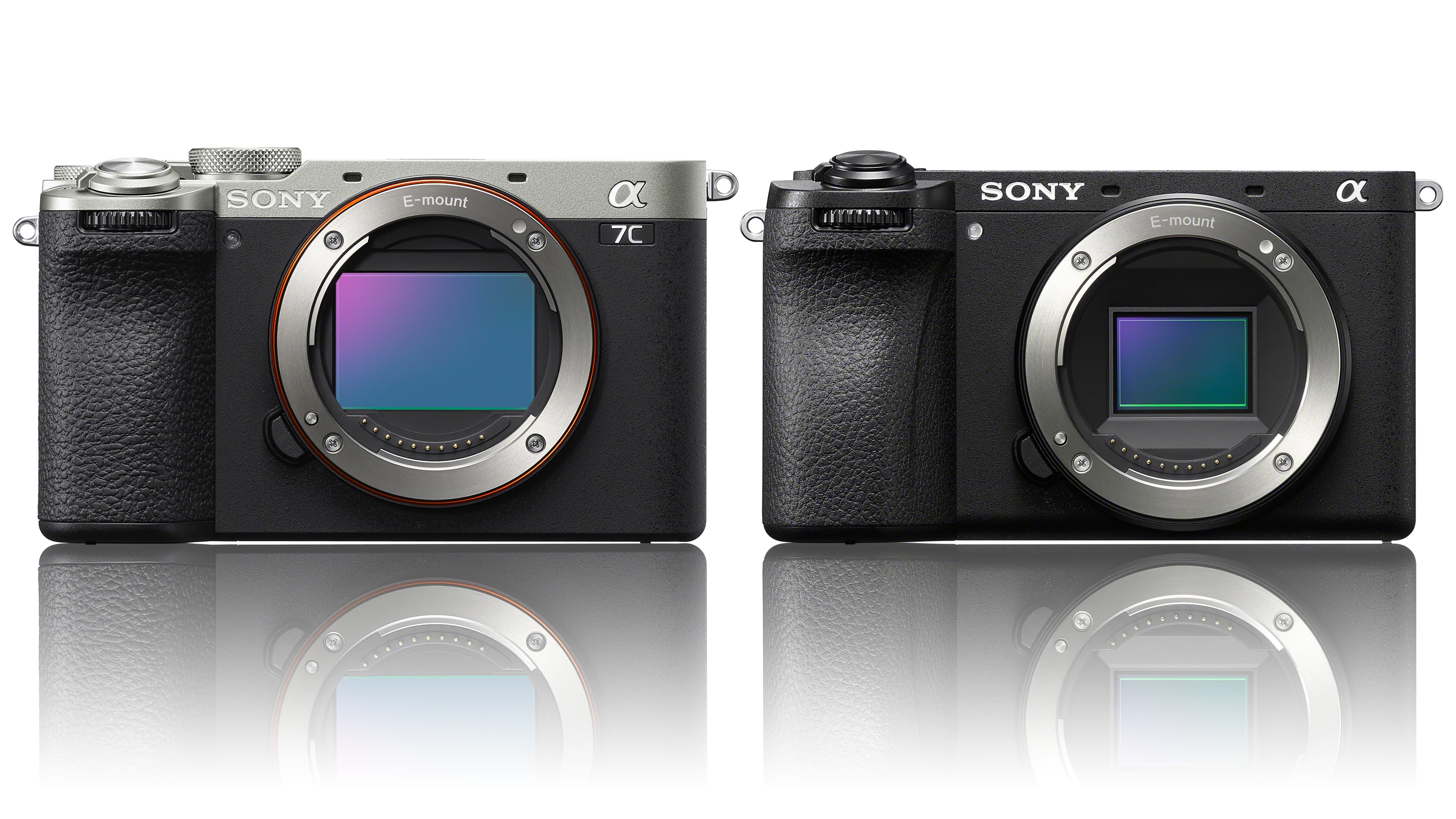
Sony likes to keep us busy! First it launched the new A6700 APS-C flagship, and then it announced not one but two new versions of its compact A7C full frame model. This puts buyers in a quandary because, as usual with the Sony line-up, there are lots of choices to be made between cameras that appear to do similar things. This is especially true with the Sony A7C II vs A6700, both of which look like highly effective and portable hybrid cameras.
These two cameras look set to be amongst the best Sony cameras in the line-up and, as is generally the case these days, many of the advances relate to video capture, notably higher frame rates, more advanced compression options and fewer cropping restrictions. The market is changing rapidly, but right now the Sony A7C II and A6700 look to be worth considering amongst the best hybrid cameras right now, if not the best cameras for vlogging.
That’s because Sony also makes some of the most advanced autofocus systems on the market, with near-legendary tracking capability. These two new cameras get the AI processor first seen in the Sony A7R V.
But it’s not all about video. The A7C II gets the 33MP sensor from the Sony A7 IV to offer a big jump in resolution over the original 24MP A7C, while the A6700 gets the new 26MP sensor we first saw in the Sony FX30 cinema camera.
The Sony A7C II and A6700 are as effective for stills photography as they are video, which makes them even harder to separate.
Or does it? As our detailed Sony A7C II vs Sony A6700 comparison reveals, there are some key differences which could make your decision a whole lot easier.
Sony A7C II vs Sony A6700 in 2025
Why you can trust Digital Camera World
1. Sensor
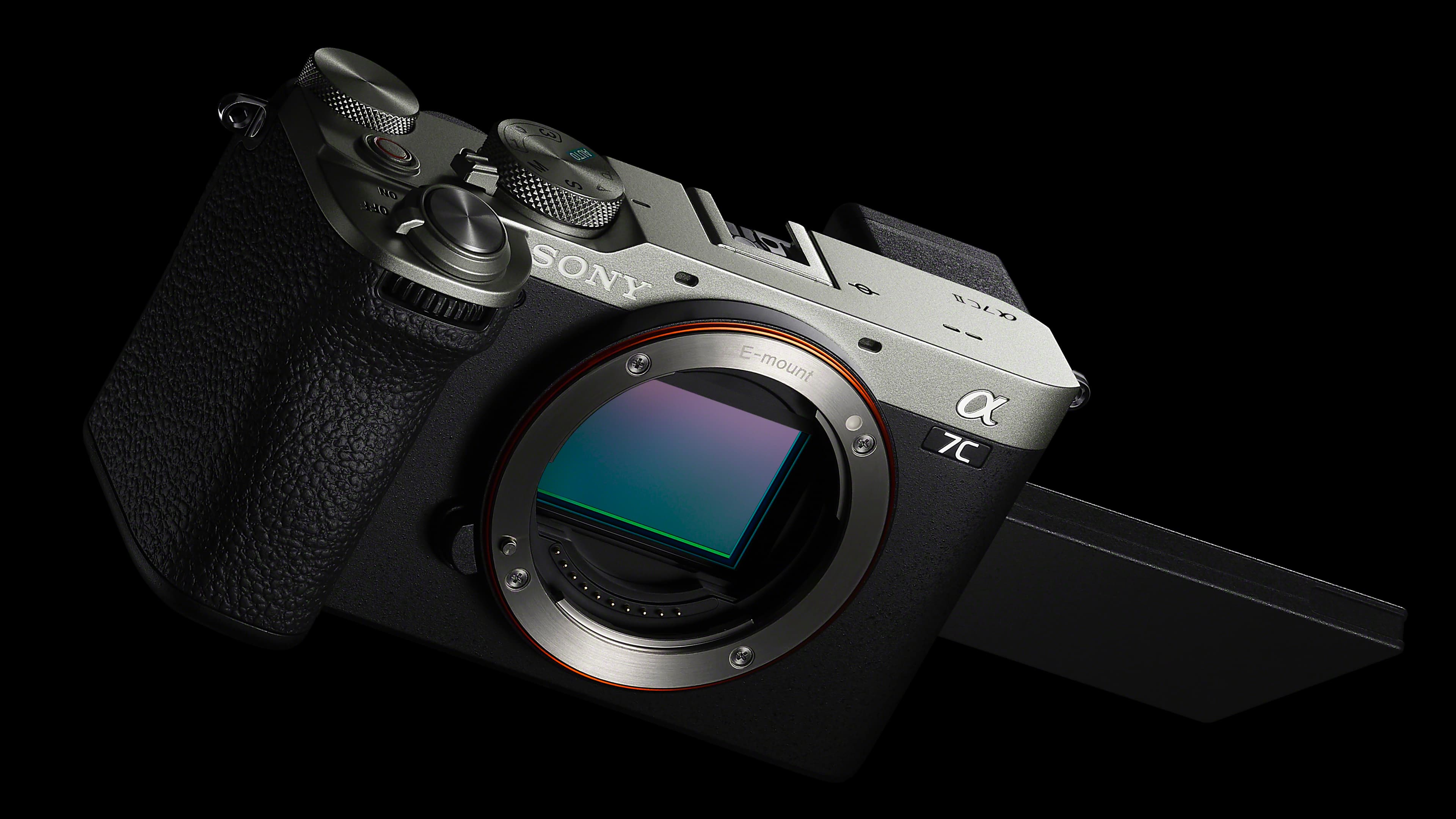
• Sony A7C II: 33MP full frame Exmor R CMOS, BIONZ XR
• Sony A6700: 26MP APS-C Exmor R CMOS, BIONZ XR
One of the key differences between the Sony A7C II and the A6700 is the sensor size. The A7C II has a full frame sensor while the A6700 has an APS-C sensor. This does have some implications for image quality, as the A7C II sensor offers both higher resolution – 33MP vs 26MP – and is physically larger, so might offer somewhat better dynamic range and high-ISO performance too.
The practical differences may be more significant. These cameras are a similar size, but the lenses are not. Sony APS-C E-mount lenses are smaller, lighter and cheaper than their full-frame counterparts, and Sony has continued to develop very good and useful E-mount lenses for the smaller format, so you’re not spoilt for choice.
2. ISO range
• Sony A7C II: 100-51200, exp 50-204800
• Sony A6700: 100 to 32000, exp 50-102400
As we might expect from the larger sensor size, the A7C II does have a higher maximum ISO than the A6700. It’s not a big difference and is not even a full EV step in the standard ISO range, but in expanded ISO mode, the A7C II offers a maximum of ISO 204800 vs ISO 102400 for the A6700. This might be a factor if you do a lot of low light shooting, but the light might have to be very low indeed before you notice the difference.
3. Video
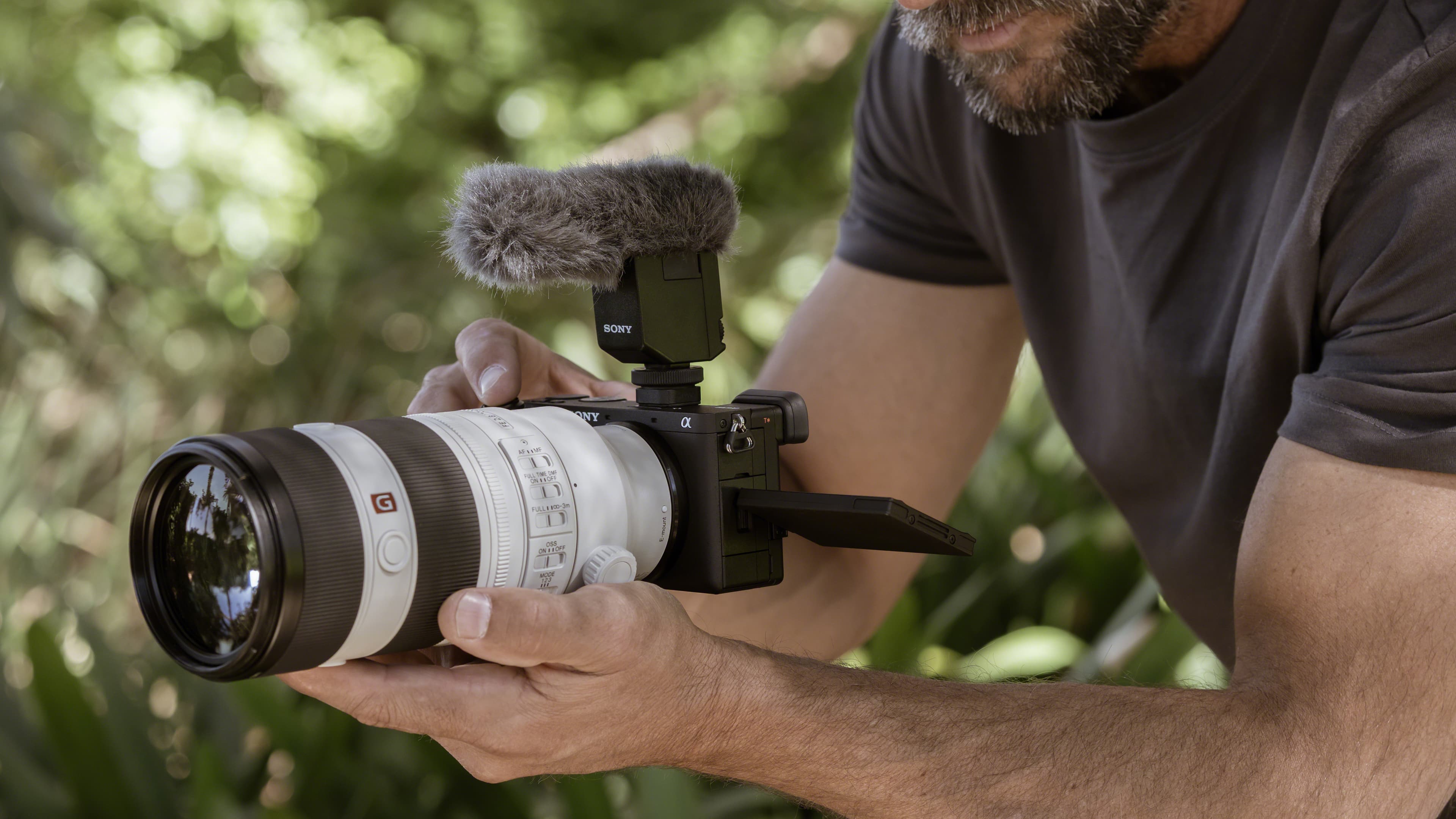
• Sony A7C II: 4K UHD 30p full width oversampled from 7K, 60p in Super35 mode, FHD 120p, 4:2:2 10-bit, S-Cinetone, S-Log3, custom LUTs, AI-based Auto Framing (with crop)
• Sony A6700: 4K 30/60p from 6K oversampling, up to 120p (QFHD (3840×2160, 38% crop), 4:2:2 10-bit, S-Cinetone, S-Log3, AI Auto-Framing (with crop)
The Sony A7C II offers a considerable upgrade in video features over the original A7C, but the A6700 is better still. The A7C II can only go up to 30fps with best-quality oversampled full-width video, but the A6700 can achieve 60fps with full width oversampling – the A7C II has to drop to its Super35 crop mode to achieve this. The A6700 can also shoot 4K 120p, albeit with a heavy crop.
But while the A6700 looks a clear winner here, maybe it’s not quite that simple. If you’re happy using APS-C E-mount lenses, there’s nothing to stop you using them on the A7C II in Super35 mode. Most users won’t buy a full frame camera to shoot with a Super35 crop, but the possibility is there and it closes the gap between the A7C II and A6700 for video capabilities.
4. Autofocus
• Sony A7C II: 759 phase detect AF points, AI processing unit, human, animal, bird, insect, car/train and airplane recognition, Breathing Compensation
• Sony A6700: Still images: 759 phase detect AFpoints ), AI processing unit, human, animal, bird, insect, car/train, and airplane recognition, Breathing Compensation
The Sony A7C II and A6700 both have the dedicated AI processor first seen on the Sony A7R V, and boast Sony’s latest subject recognition and tracking technologies, not to mention Breathing Compensation for video – though only with compatible Sony lenses. For autofocus features, there’s nothing to choose between them.
5. Stabilization
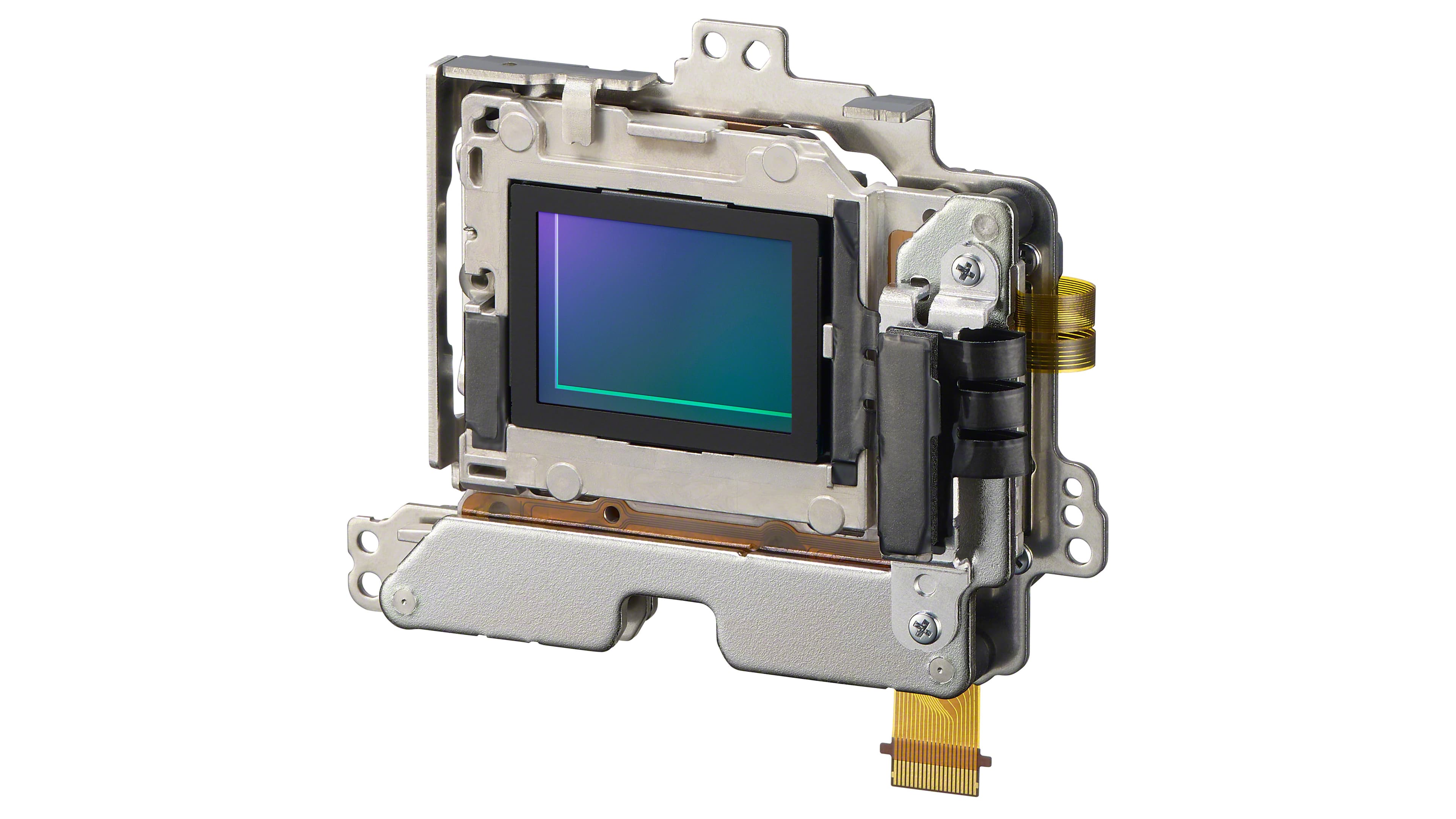
• Sony A7C II: 5-axis IBIS, 7 stops, Active Mode (slight crop) with gyro data
• Sony A6700: 5-axis IBIS, 5 stops, Active Mode (slight crop) with gyro data
In-body stabilization has been a standard fixture on full frame Sony Alphas right from the second generation of these cameras, but it’s only ever been used on the flagship APS-C models. In this respect, the A6700 does seem slightly behind the A7C II, quoting 5 stops of shake compensation versus 7 stops on the full frame camera. Both models offer Active Mode for additional video stabilization, with a slight crop, and both store gyro data in the video files for use by Sony’s own Catalyst editing software, though this adds a step to the production workflow.
6. Continuous shooting
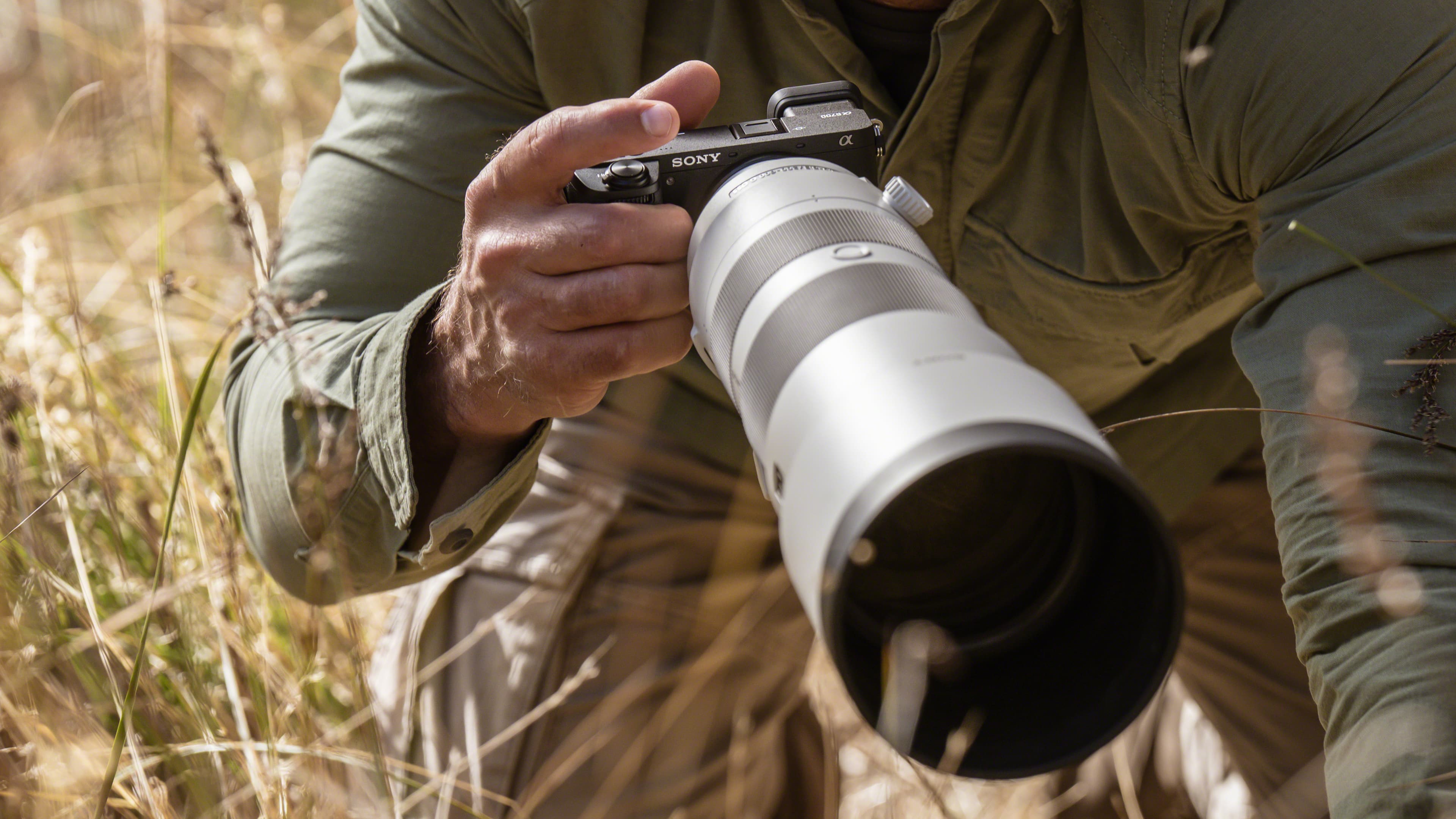
• Sony A7C II: 10fps, 8fps in live view mode, 1,000+ JPEG, 44 raw
• Sony A6700: 11fps, 1,000+ JPEGs, 59 raw
Both cameras show a fair burst of speed in continuous shooting mode, though they’re not really designed as sports/action cameras. The A6700 is technically slightly faster with its 11fps maximum frame rate, but there’s not much in it and both cameras are limited somewhat by their raw buffer capacity, though if you’re happy shooting JPEGs, both will carry on for more than 1,000 shots.
7. Viewfinder and LCD
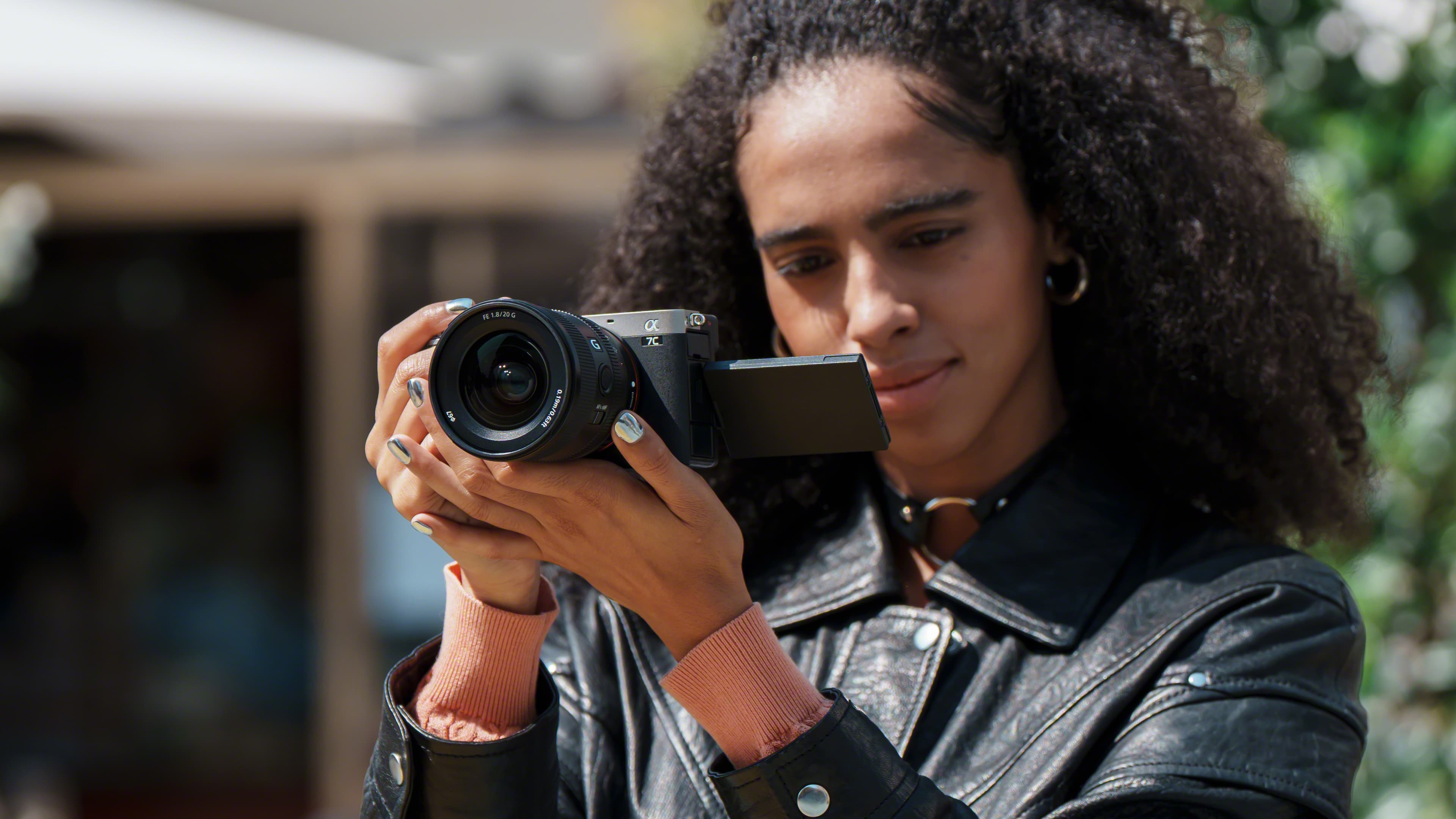
• Sony A7C II: 2.36m dot EVF, 0.7x magnification, 3-inch vari-angle, 1,037k dots
• Sony A6700: 2.36m dot EVF, 1.07x magnification, 3-inch vari-angle touchscreen, 1,036k dots
On paper, the EVF of the A6700 appears to offer a much higher magnification, but this is because of the confusing way magnifications are worked out, as they don’t take account of the differences between formats and effective focal lengths. In practice, it’s not just the EVF resolution that’s identical – the effective magnification is too.
It’s the same story with the rear screens. Both cameras have 3-inch vari-angle touchscreens with near-identical resolution.
8. Storage
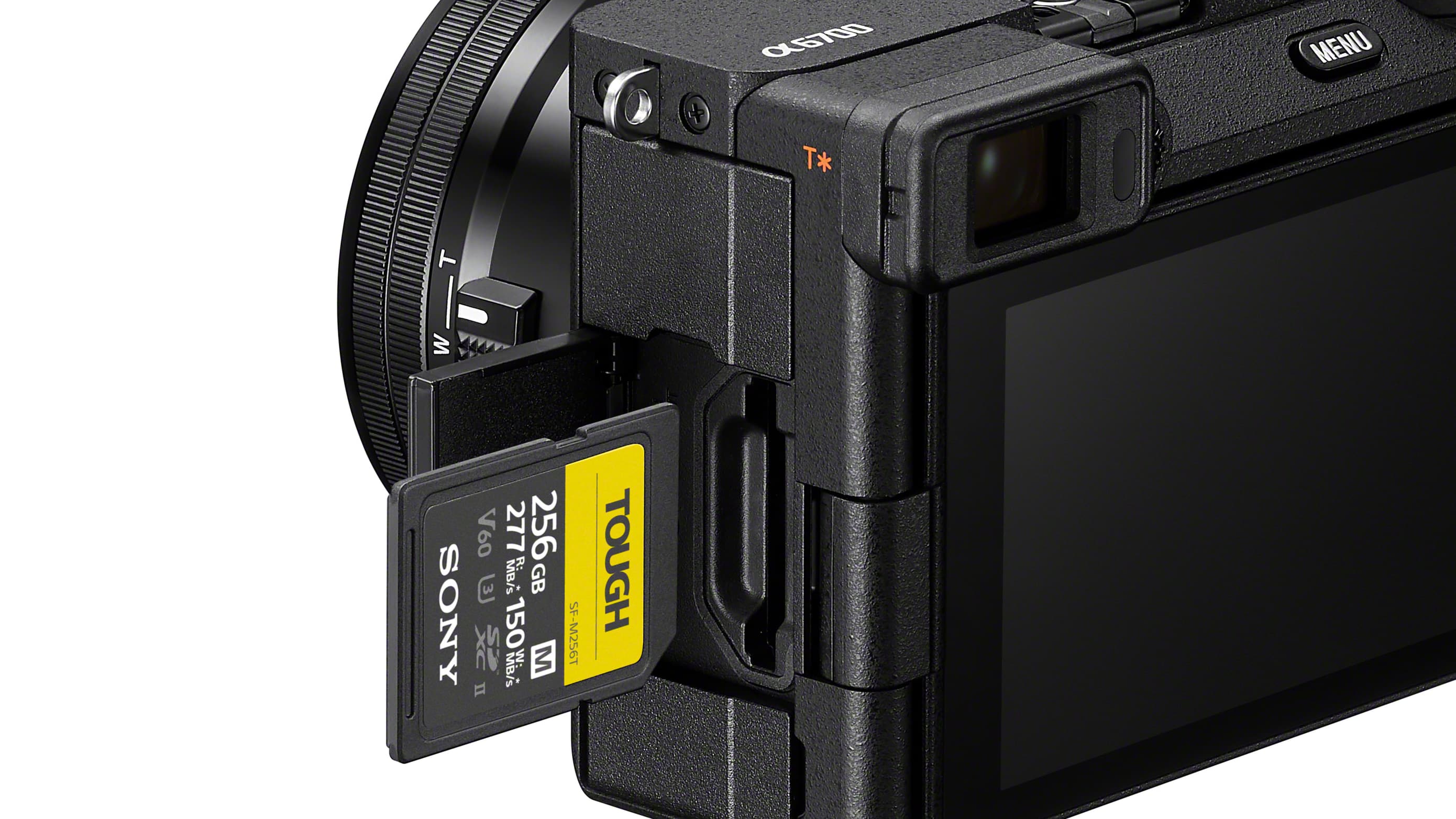
• Sony A7C II: 1x SD UHS II
• Sony A6700: 1x SD, UHS II
One disappointment with these cameras is that neither offer dual memory slots, no doubt because of the compact body size – though the A6700 is pretty hefty for an A6000-series model. That’s not all. You don’t get a combined CFexpress Type A/SD slot either, though the SD UHS II card compatibility should give users all the capture capabilities they need. If you want dual slots and CFexpress compatibility, you’ll have to move further up the Sony range.
9. Connectivity
• Sony A7C II: USB Type-C, HDMI micro, MI interface, mic, headphone, Wi-fi, Bluetooth
• Sony A6700: USB Type C, HDMI micro, MI interface, mic, headphone, Remote, Wi-Fi, Bluetooth
The connectivity options are the same on both cameras, and both feature Sony’s digital MI hotshoe interface, which is primarily useful for the company’s own digital on-camera mics. With both mic and headphone sockets, these cameras are well set up for video, though the HDMI micro ports are not as desirable as full size HDMI.
10. Battery
• Sony A7C II: NP-FZ100, 530 shots (EVF), 560 shots (LCD)
• Sony A6700: NP-FZ100, 550 shots (EVF), 570 shots (LCD)
Sony’s NP-FZ100 battery pops up right across its mirrorless line-up, giving decent battery life and easy swappability between cameras. On paper, the Sony A7C II is slightly more greedy, but the difference is so small – just 10-20 shots – that it’s hardly going to matter in practice.
11. Size

• Sony A7C II: 124.0 x 71.1 x 63.4mm, 429g
• Sony A6700: 122.0 x 69.0 x 75.1 mm, 409g
While the Sony A7C II is the smallest of Sony’s full frame mirrorless cameras, the A6700 is the chunkiest of its APS-C models and, as a result, these two cameras are remarkably close in size and weight. The A7C II is slightly heavier at 429g vs 409g for the A6700, but that’s not much of a difference.
But you can’t use a camera without lenses, and that’s where the differences quickly show. Unless you deliberately stick to the Sony 28-60mm kit lens or its smaller primes, the A7C II will quickly bulk up. As a kit, the A6700 is likely to be smaller and lighter to carry around.
12. Price
• Sony A7C II: $2,198 / £2,099
• Sony A6700: $1,398 / £1,449
The sensor size is one of the two most obvious differences between these cameras,and the price is the other. The A6700 does have a smaller APS-C sensor and only 26MP vs 33MP, but it’s far cheaper than the A7C II and a more accomplished video camera too. We’ve said it many times before; more expensive cameras aren’t always better. It all depends on what you want them for.
Sony A7C II vs A6700: conclusions

As is often the case in the Sony camera range, we have two cameras with apparently similar technical features and capabilities and even target audiences, and this can make them hard to separate. A close examination of the differences, however, can make this easier.
What’s clear is that although the A7C II offers apparently similar video capabilities, the much cheaper A6700 is actually rather better for vloggers and filmmakers. It’s also important to consider how much you want to spend on lenses and how much weight you want to carry around. The cameras may be almost the same size, but the A6700 uses cheaper and lighter lenses.
For stills photographers, the Sony A7C II (or maybe the A7CR!) is clearly the more desirable camera, but for video or hybrid stills/video use, the A6700 is a much more cost-effective camera.
Get the Digital Camera World Newsletter
The best camera deals, reviews, product advice, and unmissable photography news, direct to your inbox!

Rod is an independent photography journalist and editor, and a long-standing Digital Camera World contributor, having previously worked as DCW's Group Reviews editor. Before that he has been technique editor on N-Photo, Head of Testing for the photography division and Camera Channel editor on TechRadar, as well as contributing to many other publications. He has been writing about photography technique, photo editing and digital cameras since they first appeared, and before that began his career writing about film photography. He has used and reviewed practically every interchangeable lens camera launched in the past 20 years, from entry-level DSLRs to medium format cameras, together with lenses, tripods, gimbals, light meters, camera bags and more. Rod has his own camera gear blog at fotovolo.com but also writes about photo-editing applications and techniques at lifeafterphotoshop.com
